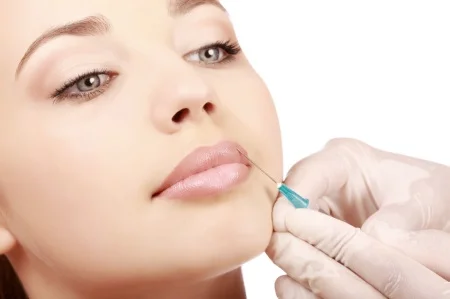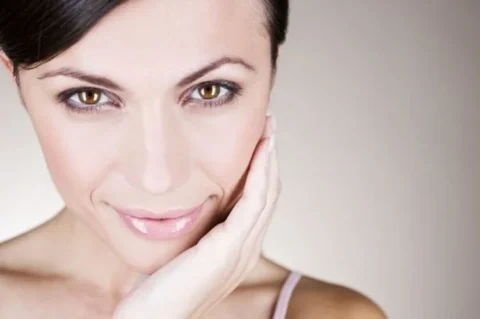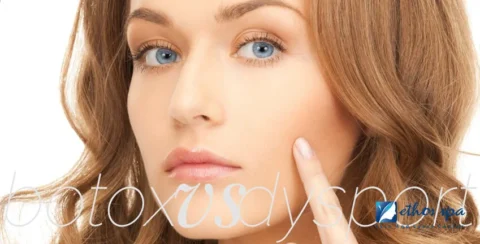We’re asked this question so often at Ethos Aesthetics + Wellness, we decided it was time to post about it.
Botox is a first-generation injectable therapy that fulfills a very specific purpose. With facial fillers, there are several benefits in play. Some of those overlap, but some injectables are more effective than others for specific functions.
Let’s answer this popular question: “what is the difference between Botox and facial fillers?”.
What Botox does.
Since 2002, millions of people have turned to Botox therapy to reduce the appearance of lines and wrinkles. This function mirrors one fulfilled by facial fillers, but the way Botox works is completely different.
Botox is a medical grade neurotoxin which serves to inhibit the movement of muscles under the skin. These muscles contribute to the appearance of fine lines, especially in the forehead, around and the eyes and between the eyebrows.
When the muscles are less active, the wrinkling effect is subdued.
Like anything, Botox is more effective in some areas than it is in others. It’s most commonly used to diminish the appearance of the “11” which appears between the eyebrows from frowning, crow’s feet (smiling) and the wrinkles in the forehead (lifting the eyebrows, frowning). The effects of Botox endure from between 3 and 6 months.
What facial fillers do.
Since the early part of the millennium, aesthetic injectables have become increasingly sophisticated. With entrants like Sculptra, Bellafill and Juvederm, cosmetics professionals are discovering that the applications for these products overlap, but that some are more effective for specific purposes.
Facial fillers serve to soften lines in the skin, without implicating the muscles, or inhibiting their movement, as is the case with Botox. Facial fillers also have a volumizing effect, increasing the elasticity of skin with ingredients like hyaluronic acid (Juvederm) and agents which stimulate collagen production (Sculptra).
In the case of Bellafill, these properties can greatly improve the appearance of acne scars by smoothing out the skin. The microspheres used in the formulation remain in place for up to five years, which is a long-term solution that doesn’t require regular maintenance. In the case of Spectra, the rejuvenating effects of the therapy endure for up to 2 years.
In the case of all facial fillers in confrontation of Botox, the softening effect is due to “filling” targeted areas to improve their appearance. But there’s the added benefit of using ingredients which are naturally occurring and highly beneficial to the skin’s elasticity.
Different functions.
All the products discussed in this post are highly effective for meeting individual beauty goals, to varying degrees. We’ve made clear here that the way Botox works is completely different from the way facial fillers work. The choice for patients should always be based on what their beauty goals are and the advice of the technician they’re consulting.
At Ethos Aesthetics + Wellness, we believe everyone should look amazing and feel incredible. Contact us to find out about how we can help you meet your beauty goals.





